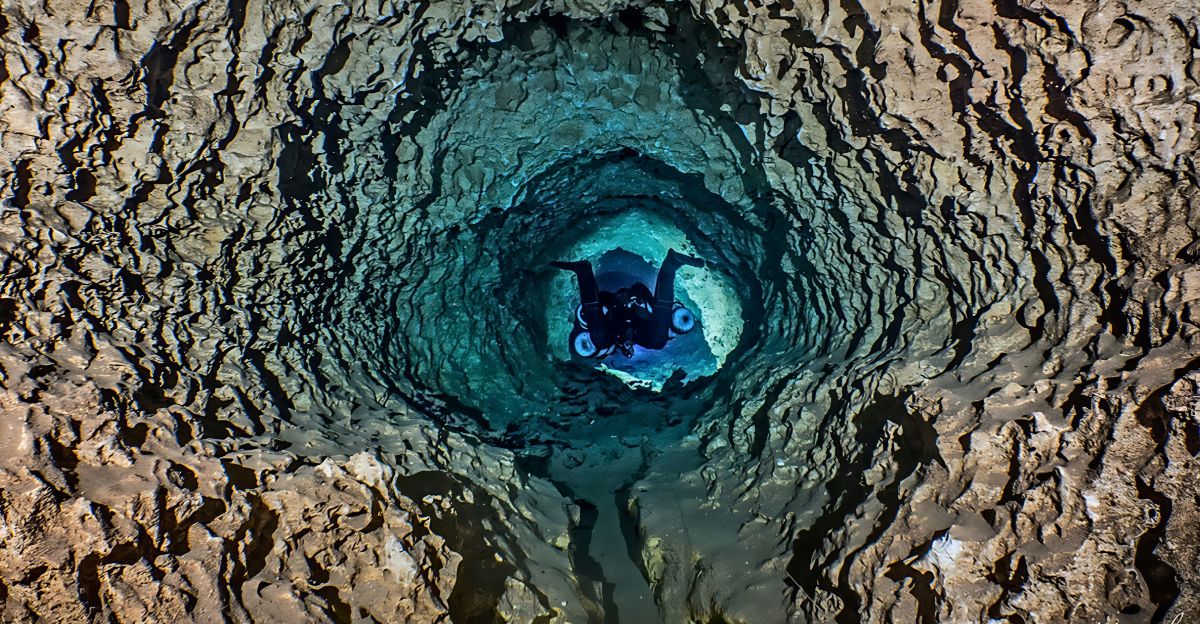
Under Oregon’s famous Cascade Range, something truly astonishing has been quietly shaping the land for thousands of years. Scientists recently discovered a massive phenomenon that’s causing a stir in research labs, water departments, and even on social media. It’s not about gold or oil, but something way more important—a resource that could change the way the western U.S. deals with droughts and climate challenges.
News of a “colossal sponge” has sparked skepticism and excitement across the globe. Is it just another internet rumor, or could the future of the region depend on what’s hidden beneath layers of ancient lava? Well, the truth is even stranger and more important than anyone ever expected.
Scale and Impact
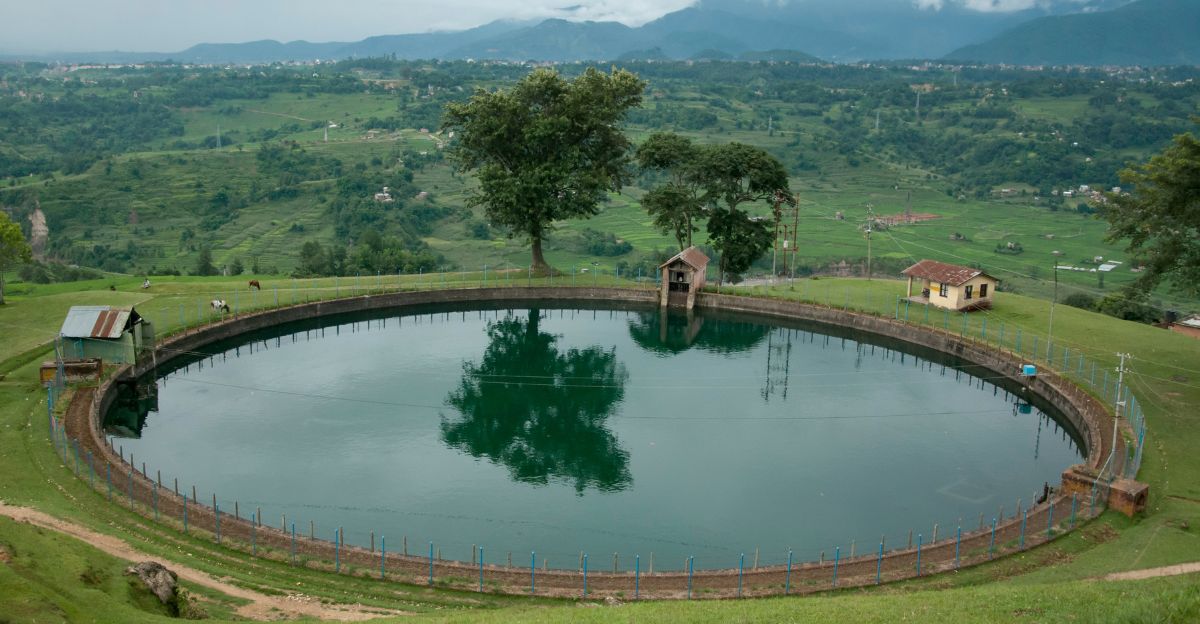
With water scarcity becoming one of the biggest challenges of the 21st century, the Pacific Northwest’s hidden resource has captured the attention of scientists, policymakers, and industry experts from all around the globe.
This discovery has gone viral on many social media platforms, including Reddit’s r/science. Thanks to its scale and possible impact, it has also inspired many YouTube explainers. It could be a major breakthrough for city planners, farmers, and climate resilience experts. Oregon’s underground “sponge” is offering new hope and possibly a new paradigm for water management in a warming world.
An Important Finding
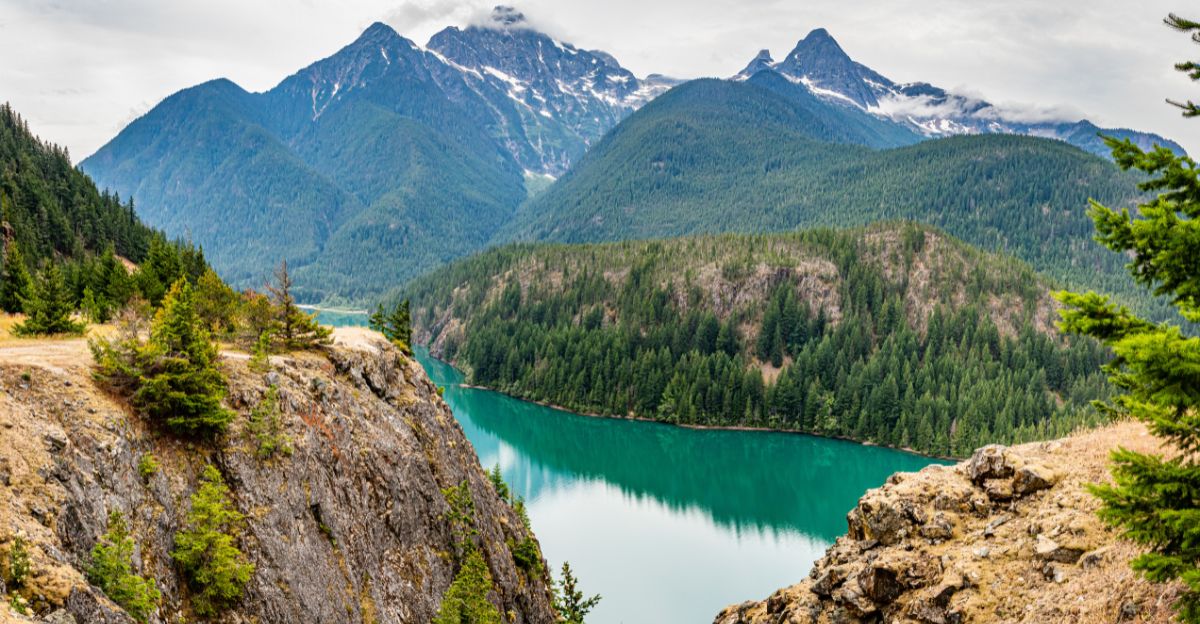
This is an extremely important finding. Oregon’s rivers and cities mainly rely on the Cascades’ snowmelt, which means that water scarcity is a massive issue. Instagram users are sharing photos of dry landscapes, while TikTok is full of debates about whether this hidden reservoir could actually save local communities.
It is amazing to think that there is an invisible force that has quietly supported life for so long and might continue to do so as the climate changes. This discovery raises big questions about whether this “sponge” can truly offer security in uncertain times or if it might fall short when it’s needed most.
The Science
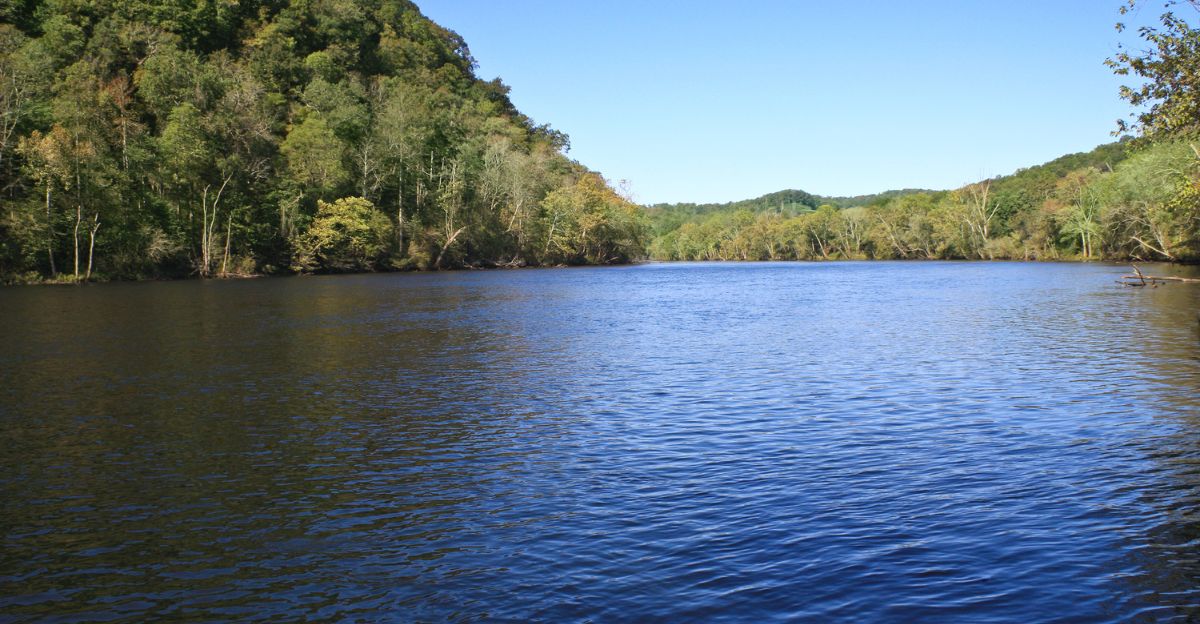
The science behind Oregon’s underground reservoir is just as intriguing as the discovery itself. The Cascade Range was formed over millions of years through volcanic eruptions, creating layers of porous lava and fractured rock, which are ideal for capturing and storing water.
Snowmelt filters down into these relatively young volcanic layers, moving through cracks and channels, and in some cases, it can circulate underground for hundreds of years before resurfacing as springs. Scientists first drilled into the area to map hot spots, but instead of finding heat, they recorded cooler-than-expected temperatures, which was strong evidence of large amounts of water moving deep beneath the surface.
Supporting Entire Ecosystems
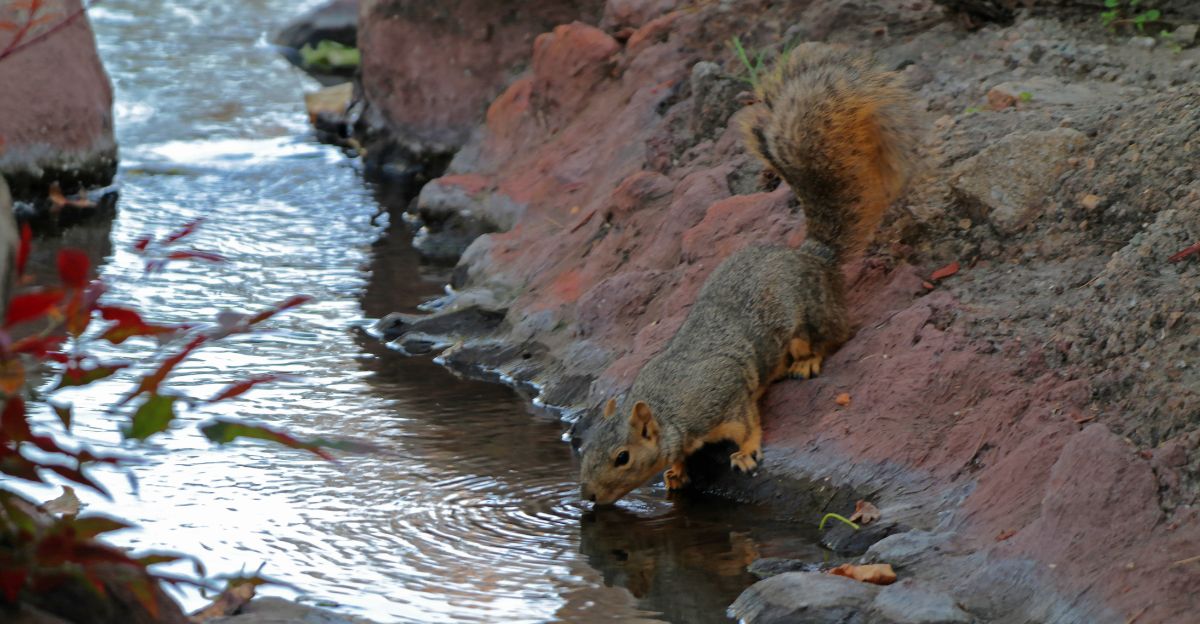
Volcanic aquifers like the one in Oregon do more than just store water; they support entire ecosystems above and below the surface of the water. As water filters through cracks in the lava, it eventually flows out as springs and streams, providing an important water source for wildlife.
Fish, frogs, birds, and mammals all depend on this water, especially during droughts when surface water dries up. Underground, life flourishes too. These volcanic groundwater systems are home to rare invertebrates, like endangered crustaceans, amphipods, and copepods, that exist nowhere else on Earth. These creatures thrive in the porous, nutrient-rich environment, forming the base of food webs that extend out to nourish forests, wetlands, and even the region’s iconic salmon runs.
A Lot Of Water
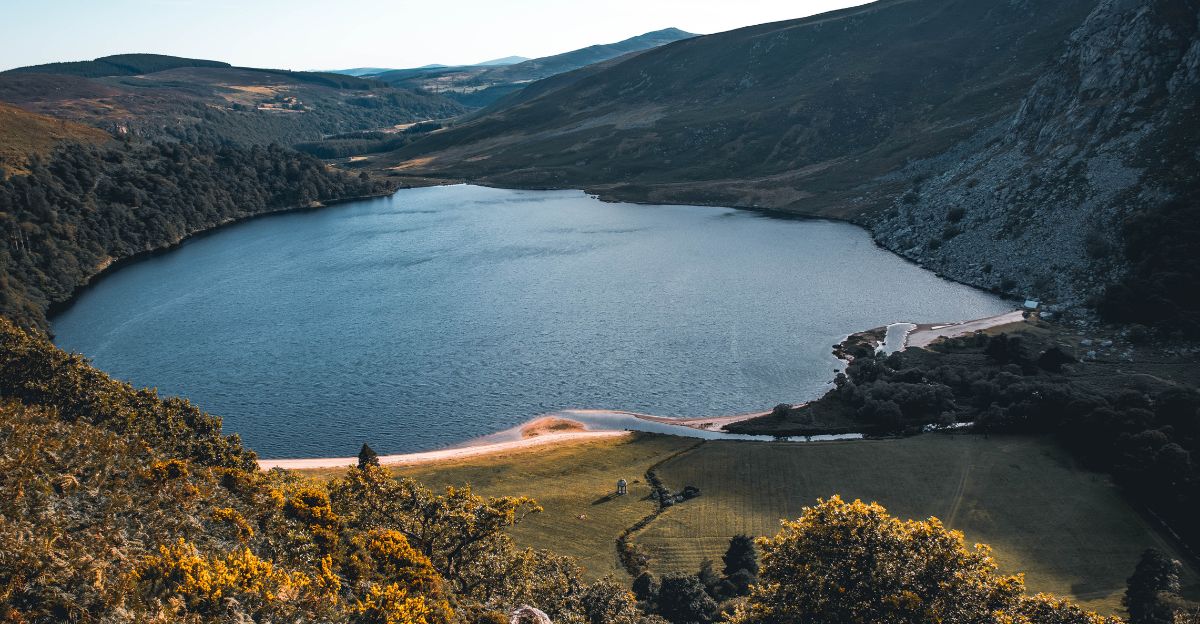
But why is this such a big deal? Well, scientists have found that this volcanic aquifer holds at least 81 cubic kilometers of groundwater, which is double the amount of all of California’s reservoirs combined. This “giant sponge” holds nearly three times the amount of water in Lake Mead, which is the largest reservoir in the U.S., and over half the volume of Lake Tahoe.
It doesn’t just supply rivers and cities with water; it has the potential to change how the western U.S. handles drought, agriculture, and urbanization. This hidden reservoir also challenges what scientists thought they knew about volcanic hazards since water mixing with magma can lead to powerful, explosive eruptions.
Its True Scale

To understand the true scale of Oregon’s aquifer, it helps to compare it to some of California’s most well-known reservoirs. Shasta Lake, which is the largest in the state, holds just over 5.6 cubic kilometers of water. Even when you combine the top 200 reservoirs in California, their total capacity is about 51 cubic kilometers, which is about 30 cubic kilometers less than Oregon’s aquifer.
The Cascades’ “sponge” makes them seem small since it holds enough water to fill every major California reservoir twice. It’s a continental anomaly with the potential to provide water to millions of people. But as researchers warn, its value depends on how responsibly it’s managed.
Violent Volcanic Eruptions
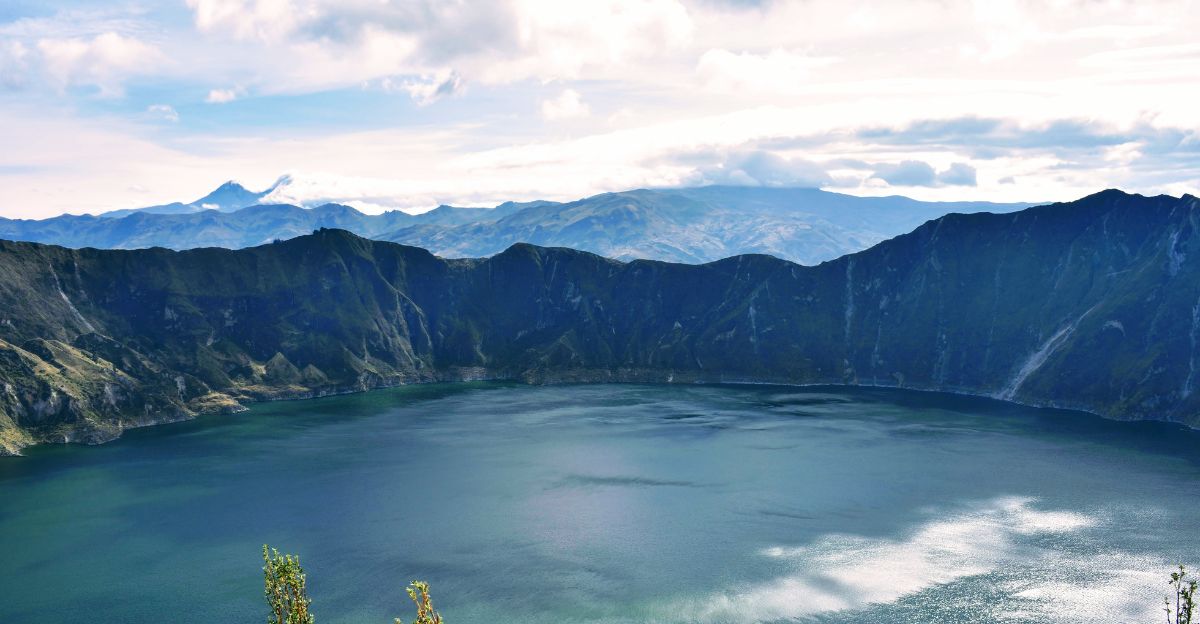
When water is caught in volcanic rock and interacts with rising magma, it can trigger some of the most violent volcanic eruptions. When this happens, the intense temperatures of the magma quickly boil away groundwater, creating explosions of pressure that can blast apart rock and hurl ash, gas, and debris high into the atmosphere.
The environmental impact is fast and far-reaching. Lava flows and ash clouds can burn entire forests, suffocate rivers, and destroy plant and animal ecosystems. Wildlife is especially at risk as eruptions can wipe out habitats, pollute water sources, and break food chains, with recovery often taking decades or more.
Your Water Bill

This aquifer also holds major benefits for people. If it is managed well, it could protect Eugene and Portland from future water shortages, stabilize prices, and make agriculture more resilient to long-lasting droughts.
However, there is a catch. Groundwater is being used faster than it is being naturally replenished, and climate change will probably widen this gap. That’s why state water officials are working quickly to revise regulations and focus on sustainable use. If it’s mismanaged, this valuable resource could quickly turn from a lifeline into a crisis.
Other Regions
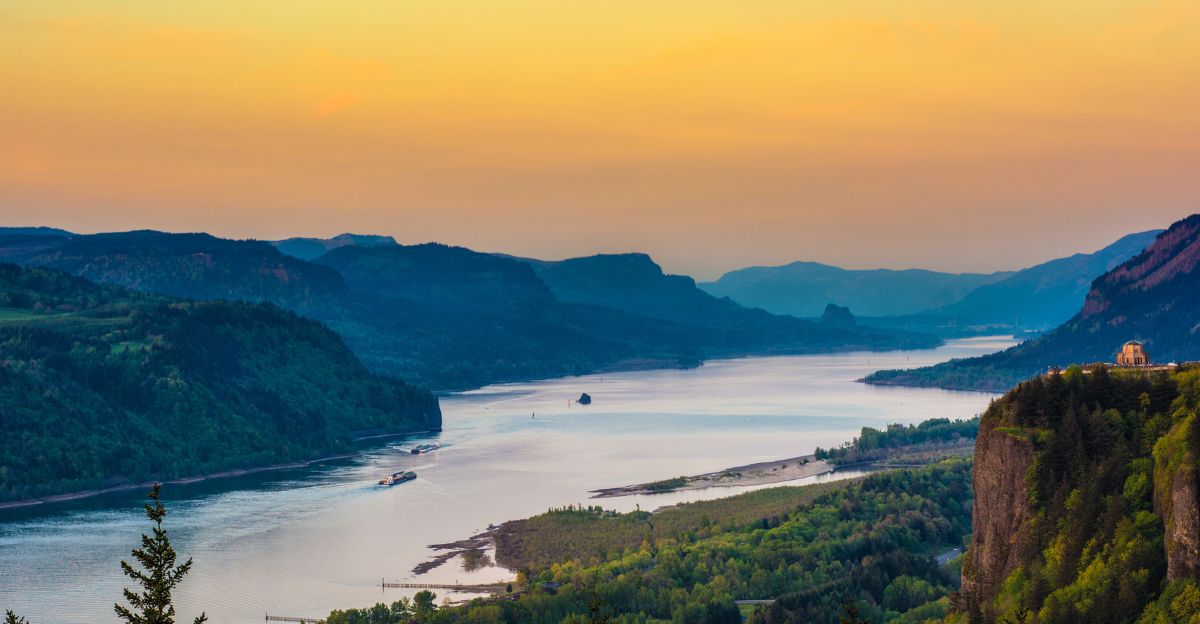
Scientists believe that similar volcanic aquifers might be found in other regions, too, from Mount Shasta to the Columbia Gorge. This has sparked a wave of new research into deep-earth sponges, underground biodiversity, and the relationship between geology and hydrology.
The discovery is raising important questions about how these systems form, how they engage with ecosystems, and what role they might play in a future of increasing climate volatility. The “sponge” has become a national icon and has proven that nature’s complexity can still surprise us.
Managing It

Oregon’s aquifer has the potential to become a model of resilience, helping communities survive drought and adapt to a changing climate. But if it’s overused, contaminated, or disrupted by earthquakes, it could lead to a chain reaction of problems like dry rivers, injured wildlife, and even increased volcanic risk.
The lesson is clear: abundance breeds complacency. As people debate about how to manage this resource, the challenge is to balance short-term needs with long-term sustainability. It’s not about how much water we have but how well we can manage it.
Will Oregon’s Sponge Save the West?
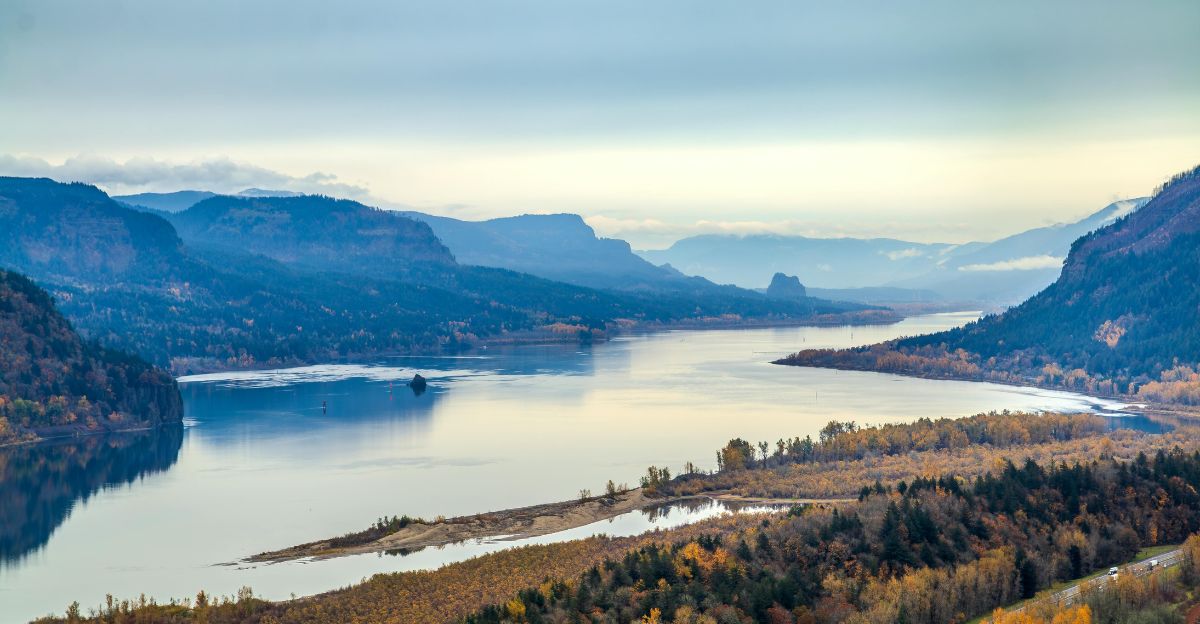
As this story blows up, one thing is clear: Oregon’s massive underground sponge is changing what we thought was possible in water science and management. Everyone is wondering if it will turn out to be a lifeline for drought-stricken cities, a cautionary tale of over-exploitation, or a breakthrough in our understanding of Earth’s hidden systems.
The secret beneath Oregon’s mountains has come to light, but its true impact is just beginning. The real test now is whether we can turn this natural wonder into a lasting legacy for the West.






